This page was written, edited, reviewed & approved by JR Krebs following our comprehensive editorial guidelines. JR Krebs, the Founding Partner, has years of legal experience as a bankruptcy attorney. Our last modified date shows when this page was last reviewed.
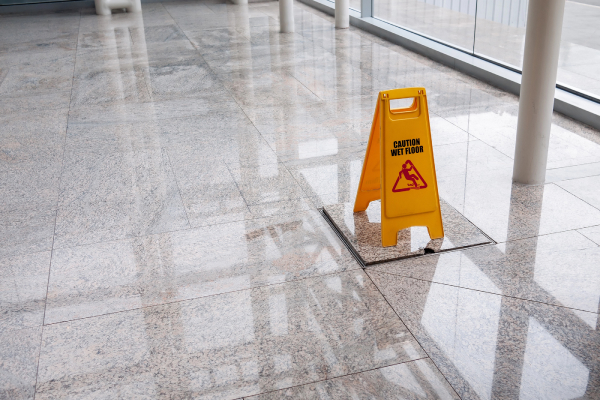
A slip-and-fall accident can cause unexpected injuries and financial stress. These accidents happen when someone slips, trips, or falls due to unsafe conditions on someone else’s property. Injuries from these accidents can include spinal cord injuries, broken bones, and even internal injuries. The cost of treatment and recovery can add up quickly.
Krebs Law Personal Injury Lawyers help victims of slip-and-fall incidents. Our team works to determine who is responsible and hold them accountable. Whether it’s a property owner, a business, or a public entity, we focus on getting the compensation you need. From filing a slip-and-fall claim to representing you in court, we’re here to guide you through the legal process.
A slip-and-fall accident happens when a person trips, falls, or slips due to a hazardous condition on somebody else’s property. These accidents can happen anywhere, such as in stores, workplaces, or public areas. They often occur because of uneven surfaces, wet floors, poor lighting, or cluttered walkways.
When a fall accident occurs, the injuries can go from minor bruises to serious injuries like broken bones or spinal cord injuries. Victims may face high medical expenses and time away from work. Some cases even lead to long-term pain or emotional distress.
Property owners have a legal duty to keep their spaces safe. If a property owner fails to address hazards, they may be held accountable under premises liability laws. Filing a slip-and-fall claim can help victims recover compensation for their injuries, lost wages, and other damages.
Slip-and-fall accidents can happen almost anywhere. Common locations include public spaces, workplaces, and private homes. These accidents often occur because of unsafe conditions like wet floors, uneven surfaces, or poor lighting. Knowing where these accidents happen helps identify who may be responsible.
In stores or restaurants, spills or cluttered aisles can cause a person to fall. On public property, poorly maintained sidewalks or parking lots are common hazards. At workplaces, unsafe walkways or slippery areas can lead to accidents. Even private homes can pose risks if hazards are not addressed.
When a slip-and-fall incident happens, the property owner’s liability depends on whether they took reasonable steps to keep the area safe. They might be responsible if they fail to fix or warn about a hazardous condition. Victims can file a fall claim to seek compensation for injuries and related costs.
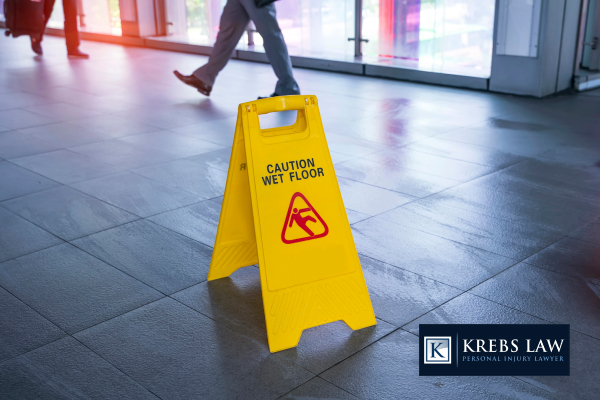
Determining liability in a slip-and-fall case depends on the situation and the actions of the property owner and the injured person. The key is proving negligence. If the property owner fails to keep the area safe or warn about dangers, they may be responsible.
Some of the factors that help determine liability are:
Property owners should keep their spaces safe for visitors. This includes fixing hazards, such as uneven surfaces, wet floors, or poor lighting. They must also place warning signs for temporary dangers like spills or ongoing repairs.
Negligence happens when property owners fail to address known risks or check for hazards regularly. For example, a store manager who ignores a slippery floor may be liable if someone slips. Premises liability laws require property owners to act as a reasonable person would in similar circumstances. When they don’t, they can be held accountable for injuries.
Victims of slip-and-fall incidents caused by unsafe conditions may file a fall claim to seek compensation. This can help cover medical expenses and other losses.
Negligence happens when a property owner does not act responsibly to prevent accidents. Common hazardous conditions include broken stairs, wet floors, or cluttered walkways. For a case to succeed, you must show that the property owner knew or should have known about the hazard.
For example, if a spill is left unattended for hours, the property owner’s liability is clear. However, if the hazard occurs suddenly and the property owner doesn’t have time to fix it, they might not be liable. The court examines whether the property owner acted reasonably in maintaining safety.
Proving negligence requires strong evidence. Photos, incident reports, and witness testimonies are critical in building a case. If negligence is established, the injured person can file a slip-and-fall lawsuit for compensation.
Visitors also have a role in preventing slip-and-fall incidents. They are expected to act responsibly and pay attention to their surroundings. For example, if a person slips because they ignored a clear warning sign, the property owner might not be held liable.
However, if the injured party acted reasonably and still got hurt due to a hazardous condition, they can seek compensation. Comparative negligence laws may reduce the compensation if the visitor shares some fault. For instance, if the injured person was distracted by their phone, they might be partially responsible.
Understanding the balance of responsibilities helps in determining liability. A personal injury attorney can fully guide victims through this process and help file a slip-and-fall claim.
Defendants in slip-and-fall cases are usually the parties responsible for maintaining the property. These can include property owners, businesses, or government entities. Liability depends on where the slip-and-fall incident happened and who was responsible for keeping the area safe.
A few of the most common defendants in slip-and-fall claims include:
Residential property owners have a duty to maintain their homes and rental properties safe. This includes fixing hazards like broken stairs, loose carpets, or icy walkways. The property owner may be liable if guests or tenants are injured due to a hazardous condition.
For example, if a slip-and-fall accident occurs because a landlord didn’t repair a damaged step, they could be held accountable. Tenants also have some responsibility for maintaining their living spaces, but landlords are generally responsible for major repairs. Victims can file a fall lawsuit to recover damages for injuries and costs.
Business owners must make sure that their premises are safe for customers and employees. Common hazards include spills, cluttered aisles, and poorly maintained floors. Neglecting these can result in a slip-and-fall lawsuit.
For example, if a customer slips and falls on a wet floor without a warning sign, the business could be liable. Business owners are expected to conduct regular inspections and promptly address risks. Victims injured on business property may file a slip-and-fall claim to recover medical expenses, lost wages, and other damages.
Government entities are responsible for maintaining public spaces like parks, sidewalks, and government buildings. If a slip-and-fall incident occurs on public property due to poor maintenance, the government entity may be held accountable.
However, filing a claim against a government entity can be more complicated. Strict deadlines and additional rules often apply. Victims must show that the hazardous condition was known and not addressed in a reasonable time. With the help of a slip-and-fall attorney, victims can pursue compensation for injuries and related costs.
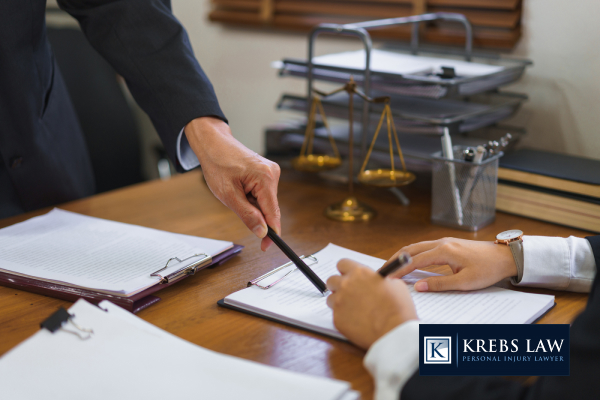
Strong evidence is essential in a slip-and-fall claim to show that the property owner was negligent. This can include photos, witness statements, or maintenance records. Clear evidence helps demonstrate that the hazardous condition existed and that the property owner failed to address it.
Some of the key types of evidence needed in these cases include:
Photos of the hazardous condition are crucial evidence in a slip-and-fall claim. They provide a clear picture of what caused the accident, such as wet floors, uneven surfaces, or poor lighting. These images help show that the danger was present and noticeable at the time of the incident.
For example, a photo of a slippery floor without a warning sign can prove that the property owner failed to maintain safety. If possible, take pictures from multiple angles to capture the full extent of the hazard. Include details like the location, time, and weather conditions, especially for outdoor accidents.
These photos help establish the property owner’s liability by showing that the dangerous condition existed and contributed to the accident. With strong photographic evidence, victims have a better chance of securing compensation for medical expenses, lost wages, and other damages.
Witness testimonies play an important role in slip-and-fall lawsuits. Witnesses can confirm the presence of a hazardous condition and provide details about how the accident occurred. Their statements help support the injured person’s account of the incident.
Incident reports, often filed immediately after a slip-and-fall incident, also provide valuable evidence. These reports document what happened, where it occurred, and any visible hazards. They are especially helpful when filed by employees or managers in businesses.
Both witness testimonies and incident reports strengthen a case by showing that others noticed the danger or the accident. Together, they help establish the property owner’s liability, making it easier for the injured party to recover damages for fall injuries, medical expenses, and emotional distress.
Maintenance records and surveillance footage are powerful evidence in slip-and-fall claims. Maintenance logs show whether the property owner regularly inspected or repaired the area. If records reveal negligence, it can strengthen the injured person’s case.
Surveillance footage is even more compelling. It can capture fall accidents as they happen or show dangerous conditions beforehand. For example, video evidence may reveal a spill left unattended for hours, proving the property owner failed to address the hazard.
These pieces of evidence provide a timeline of events and highlight the property owner’s actions—or lack thereof. They are critical for proving negligence and securing compensation for the injured party’s medical expenses and other losses.
Proving liability in a slip-and-fall case can be challenging. A slip-and-fall lawyer helps by gathering evidence, analyzing the circumstances, and building a strong case. They know how to demonstrate that the property owner failed to maintain a safe environment.
A few key ways a lawyer assists in these cases include:
A lawyer starts by investigating the scene of the slip and fall incident. They gather evidence like photos of the hazardous condition, witness statements, and surveillance footage. They may also request maintenance records to check if the property owner regularly inspected and repaired the area.
This thorough investigation helps establish a timeline of events and shows how the accident occurred. Lawyers work to uncover any negligence, such as ignored safety protocols or delayed repairs. By collecting strong evidence, they build a solid foundation for the case and increase the chances of a fair settlement.
To prove negligence, a lawyer must show that the property owner failed to act responsibly. This involves demonstrating that the dangerous condition existed long enough for the property owner to know about it and fix it. Lawyers rely on evidence like photos, maintenance logs, and witness testimonies to support this claim.
For example, if a spill was left unattended for hours, it’s clear the property owner didn’t meet their duty of care. Lawyers also compare the property owner’s actions to what a reasonable person would have done in similar circumstances. Proving negligence is essential for holding the property owner accountable and recovering compensation.
Lawyers take care all communication with the insurance company and negotiate for a fair settlement. They ensure the injured party receives compensation for medical expenses, lost wages, and emotional distress. If the settlement offer is too low, they prepare to take the case to court.
In court, lawyers present evidence, question witnesses, and argue on behalf of the injured party. They aim to prove the property owner’s liability and secure the compensation their client deserves. Whether through negotiation or litigation, a lawyer fights to achieve the best possible outcome for the victim.
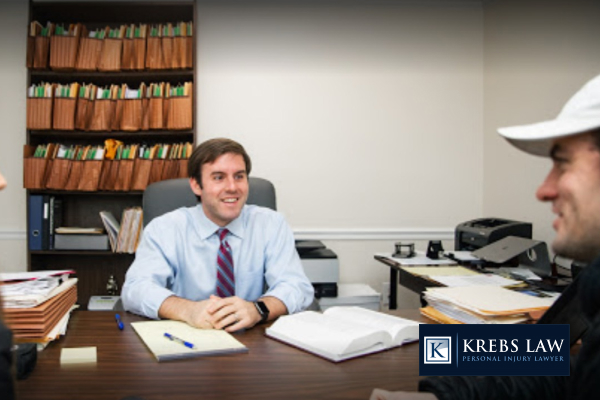
If you’ve been injured in a slip-and-fall accident, it’s important to seek legal help right away. These cases can be complex, and proving the property owner’s liability often requires detailed evidence and expert legal support. Having an experienced lawyer by your side can make all the difference.
Krebs Law Personal Injury Lawyers are dedicated to helping victims of fall injuries get the compensation they deserve. Whether your accident happened at a business, private residence, or public space, we work tirelessly to hold the responsible parties accountable. We handle everything from gathering evidence to negotiating with the insurance company so you can focus on your recovery.
Don’t face this challenge alone. Contact us today for a free consultation. Let us review your case, explain your options, and help you take the first step toward justice.
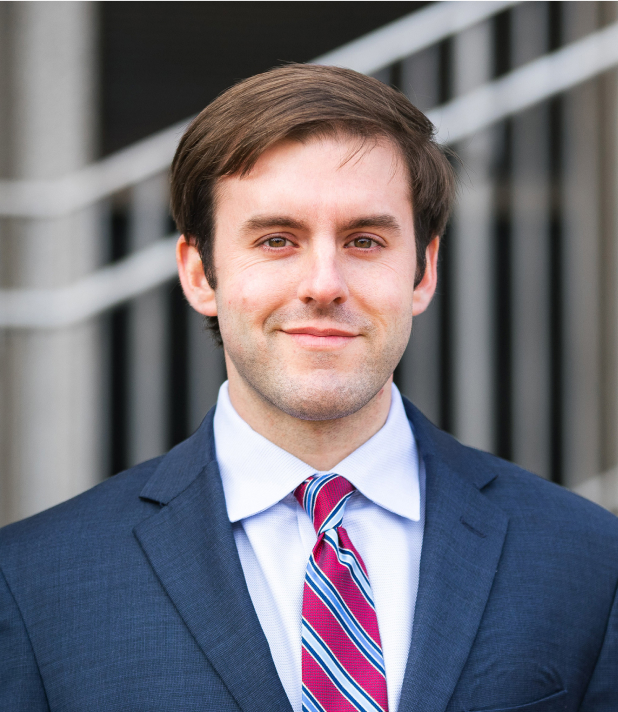
J.R. is dedicated to providing personalized representation, avoiding a one-size-fits-all approach. He tailors his strategy to the unique challenges and needs of each client and case, ensuring focused and individualized attention.
His practice mainly covers Plaintiff’s Personal Injury, including car and 18-wheeler accidents, slips and falls, dog bites, defective products, and wrongful death. He also handles commercial disputes on contingency, with experience in contracts, construction, and probate. For any dispute headed toward litigation, J.R. develops an aggressive strategy to maximize your recovery through negotiation, arbitration, or trial.
"*" indicates required fields